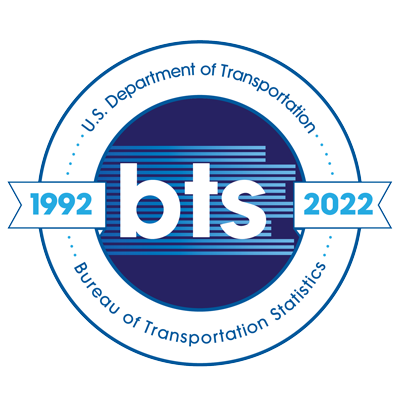Fortressing in Baton Rouge, Louisiana And its Racial Implications
Topics:
Keywords: economic geography, education, racism, fortress
Abstract Type: Poster Abstract
Authors:
Helen Sajo, University of Massachusetts - Amherst
,
,
,
,
,
,
,
,
,
Abstract
Baton Rouge is the diverse capital of Louisiana, home to approximately 453,000 residents. With the claim of being “two-thirds of the revenue to the East Baton Rouge Parish government with only one-third of that government’s expense in return,” according to their website, the residents of the proposed area of St. George voted to secede from East Baton Rouge Parish, and become their own parish, which includes having their own government and school system. The incorporation of the 60-square mile area went through mid-October 2019 with 54% of voters supporting the proposition of St. George, taking away control of the area’s taxes, schools, and other public services from East Baton Rouge. The people leading the effort claim that the incorporation of this new city will benefit all of the surrounding areas, and they have been advocating for St. George since early 2012. The Chairpersons leading the St. George campaign also claim that this initiative was founded because the residents of the proposed area were “dissatisfied by the quality and cost of services from the City-Parish governance model in East Baton Rouge Parish, the quality of the institutions that the governing elite created, to particularly include the K-12 educational system, and the disparity in political influence enjoyed by the people of the southern part of the parish.” In reality, the main reasons for this split are racial bias, public school systems, and economic development and will leave lasting effects on the East Baton Rouge Parish community.
Fortressing in Baton Rouge, Louisiana And its Racial Implications
Category
Poster Abstract








